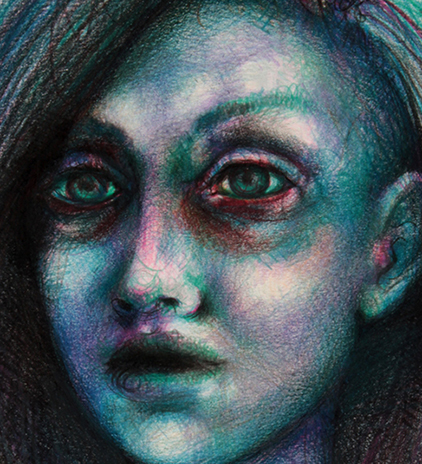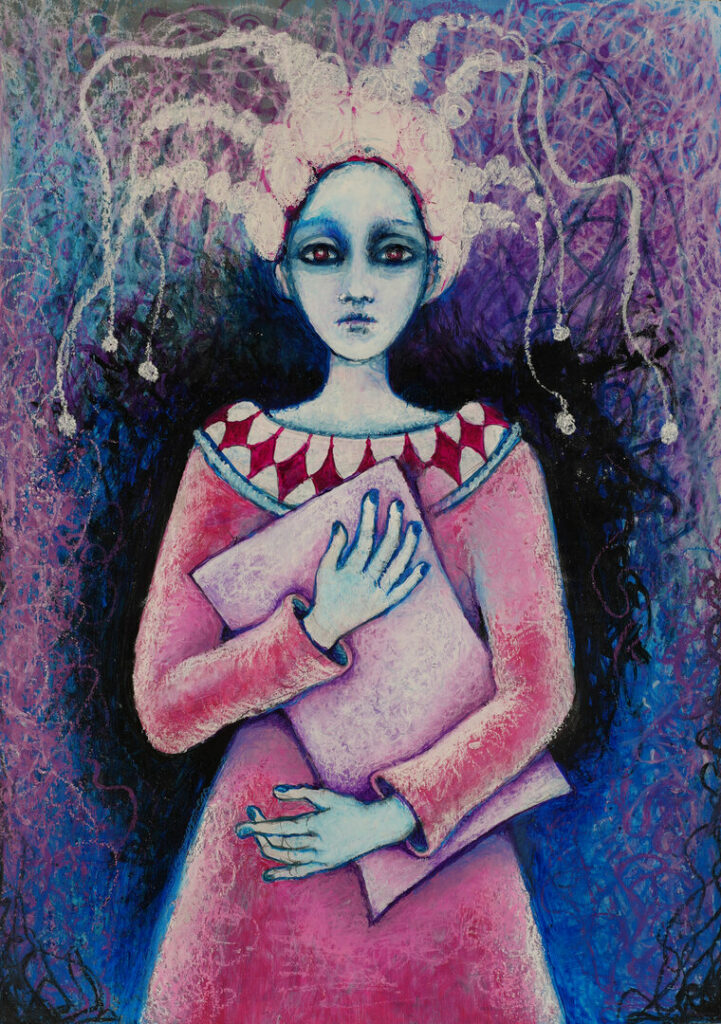…
…
…
Barbara Agreste’s art
official home page
Barbara Agreste began drawing at the age of four, inspired by the illustrated fairy tale books she devoured as a child and the animated films that shaped her vision. These early influences deeply informed her unique approach to representing the human figure and crafting the imaginative worlds she brings to life on canvas and film.
Growing up in a house perched atop a hill, surrounded by a vast forest of pines and oaks, Barbara was captivated by the natural landscape and its small, mysterious creatures. She envisioned these woodland inhabitants as whimsical characters straight out of the fantasy stories she loved, blending reality and imagination in her art.
For Barbara, the forest is a place of mystery and magic, a living testament to ancient folklore and the oral traditions that preserve a feminine wisdom closely tied to nature. This wisdom, she believes, was nearly lost following the persecution of women during the Middle Ages—a dark turning point when misogyny and industrialization began to dominate, leading to the exploitation of both women and the natural world.
Twenty years after leaving her childhood village, Barbara returned to find the enchanting forest surrounding her Gothic home devastated. Rampant urbanization had replaced the vibrant trees and wildlife with concrete, erasing the magic and silencing the fantastic creatures that once inhabited those hills.
Barbara’s art—through drawing, painting, and film—aims to revive that lost world of magic, intrinsically connected to nature. She believes that stories from ancient times, alongside contemporary literature and art, can awaken our awareness and inspire us to view our planet with respect and empathy. By reconnecting with the natural world, we may come to see it as a friend rather than a foe.
Ultimately, Barbara’s work serves a vital purpose: to remind us that the Earth, thriving in its natural state with forests and wildlife, is our only true home. Her art is a call to restore harmony—a vision of a world where animals are respected, gardens are sacred, and life flourishes. Through her creations, she hopes to inspire a renewed faith in friendship, care, and coexistence, guiding us toward a healthier, more joyful future where humanity lives in celebration of eternal nature and boundless love.

